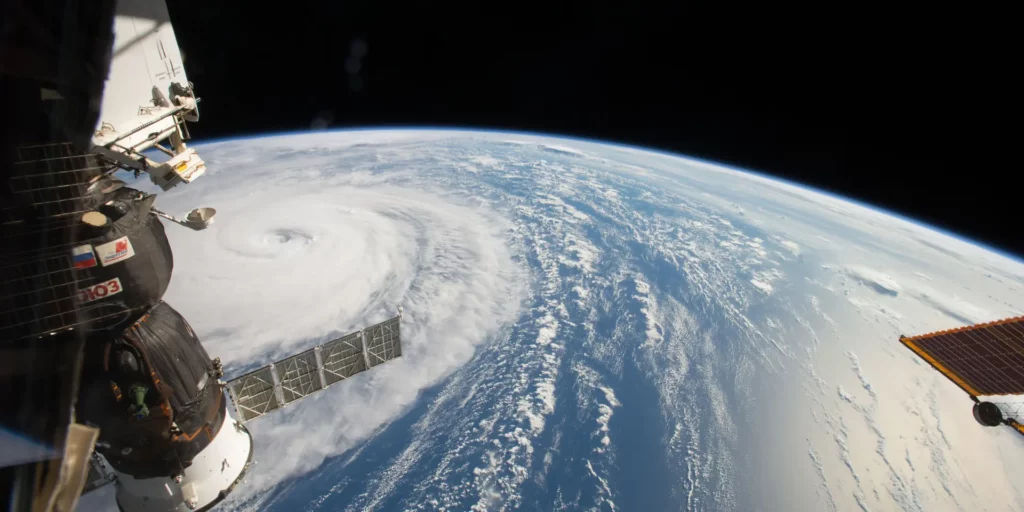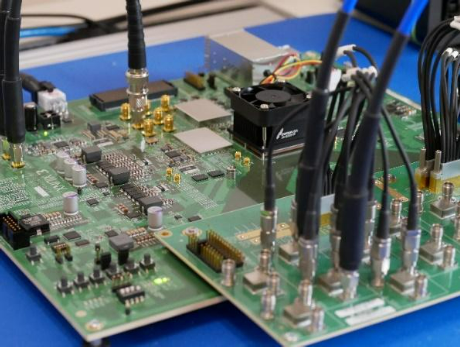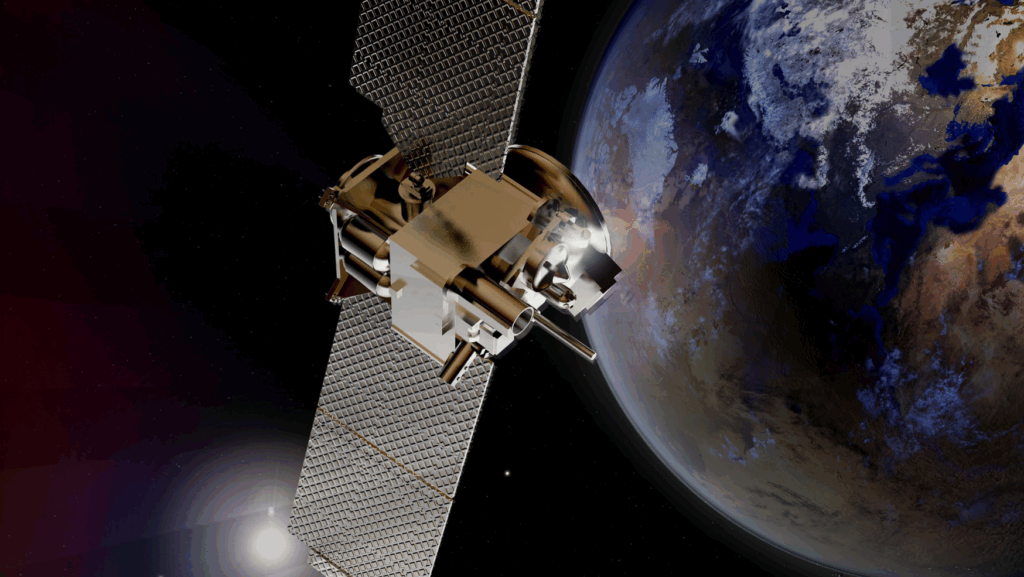New Space: a shift in the space industry and its technological impacts
How New Space has redefined the boundaries of the traditional space industry

by Sullivan Plet
October 18, 2024 in News
Large-scale projects have long dominated the space industry in terms of cost and timeline. Missions were often unique and custom-built, with specific systems designed for geostationary orbits (GEO). However, the introduction of New Space has disrupted these practices and changed the rules. This phenomenon is driven by a new generation of companies, individuals, and technologies that embrace more agile methods, reduced costs, and shorter development cycles.
In this article, we will explore how this shift impacts the design of components, the use of digital technologies, and new service-oriented approaches in the space sector.
What is New Space?
To start off, let’s introduce the term “new space ». “New Space” refers to a set of private and public initiatives that challenge traditional models in the space industry. Unlike “Old Space”, characterized by long development cycles, enormous budgets, and custom-built technologies, New Space takes a more commercial and dynamic approach. The main goal is to make space access more affordable and faster by making the most of the technologies that already exist in the ground sector.

From GEO to LEO orbits
One of the major shifts introduced by New Space is the gradual move from geostationary orbits (GEO) to low Earth orbits (LEO). While GEO satellites need to operate for 15 to 20 years without interruption, LEO satellites used in New Space are generally less robust and have a shorter lifespan. This change helps reduce costs and speed up deployment. Nonetheless, it calls for more adaptable and easily developed components.
This evolution has resulted in the resurgence of cost-effective technologies such as LDMOS (Laterally Diffused Metal-Oxide Semiconductor) in specific applications. While III-V technologies such as GaN (gallium nitride) and GaAs (gallium arsenide) continue to dominate high-performance satellite power amplifiers—particularly for demanding GEO missions— silicon-based solutions like LDMOS are finding their place in certain LEO applications. In these cases, LDMOS offer a competitive, cost-efficient alternative, especially for lower-power or less critical communication systems. Here, the demands on longevity and extreme robustness are less critical. LDMOS, rather than replacing GaN, broadens the options available to satellite communication system designers.
Software flexibility: The rise of SDR (Software Defined Radio)
In this new space context, flexibility is a key asset. Space missions are no longer static; they must quickly adapt to market and demand changes. This is where SDR (Software Defined Radio) comes into play.
SDR allows communication systems to be reprogrammed mid-flight without requiring hardware modifications. Whether it is to switch protocols, adjust frequencies, or even reconfigure entire applications, SDR offers unique responsiveness. Thanks to this technology, satellites can evolve based on needs without hardware intervention, making them much more adaptable, economical, and aligned with New Space’s service-oriented approaches.
In this context, companies have had to adapt by developing programmable SoCs and FPGAs to enable SDR, especially those on RF frequencies.
At Wupatec, we have developed this expertise, particularly speaking, on RFSoC (Radio Frequency System-on-Chip) platforms. This allows us to create flexible solutions for RF system reconfigurability, meeting the new demands of New Space.
A simpler approach to components
Historically, space components were custom-made and specifically designed to meet the needs of each mission. As a result, development cycles were long and costly. With New Space, actors typically use technologies that have already been proven in the terrestrial sector and adapt them for space applications.
New LEO satellites often use PCBs (printed circuit boards) and COTS components (Commercial Off-The-Shelf), which are not necessarily space-qualified by traditional standards. However, for shorter missions where extreme robustness is not required, this does not pose an issue. This modularity also helps significantly reduce costs and speed up development.
Nevertheless, while the qualification requirements are relaxed, a certain level of reliability is still necessary, especially for critical missions. At this stage, testing and validation remain essential to ensure that these components, often designed for terrestrial environments, meet the specific needs of space.

Technological Sovereignty and supply chain challenges
A key aspect of New Space is the need to carefully consider the origin of components and the final user to navigate export regulations effectively. Depending on the region and the end-use of the technology, these regulations can influence the availability and applicability of certain critical components for space applications. As a result, it is critical to maintain sourcing flexibility while adhering to international export regulations.
To provide reliable and adaptable solutions, at Wupatec we pay careful attention to these challenges. We emphasize a strong, diversified supply chain to meet the needs of New Space missions without limiting our potential market reach

Conclusion: Wupatec and the future of New Space
New Space continues to redefine the boundaries of the traditional space industry by introducing more agile technologies, shorter development cycles, and a more service-oriented approach. At Wupatec, we play a key role in this transition by offering feasibility studies tailored to the unique needs of each project, supporting the design and development process with COTS (Commercial Off-The-Shelf) components that balance performance and cost-effectiveness. We also provide end-to-end digital development support, ensuring that both the analog and digital aspects of your communication systems work in synergy to meet New Space’s demands for flexibility and high performance.
With the rise of technologies like Software Defined Radio (SDR) and the increased use of COTS components, Wupatec is well-positioned to assist in developing rapid, flexible, and scalable solutions. Whether you need tailored RF power amplifiers or cutting-edge digital systems, we offer the expertise and technology to help you stay at the forefront of space innovation.